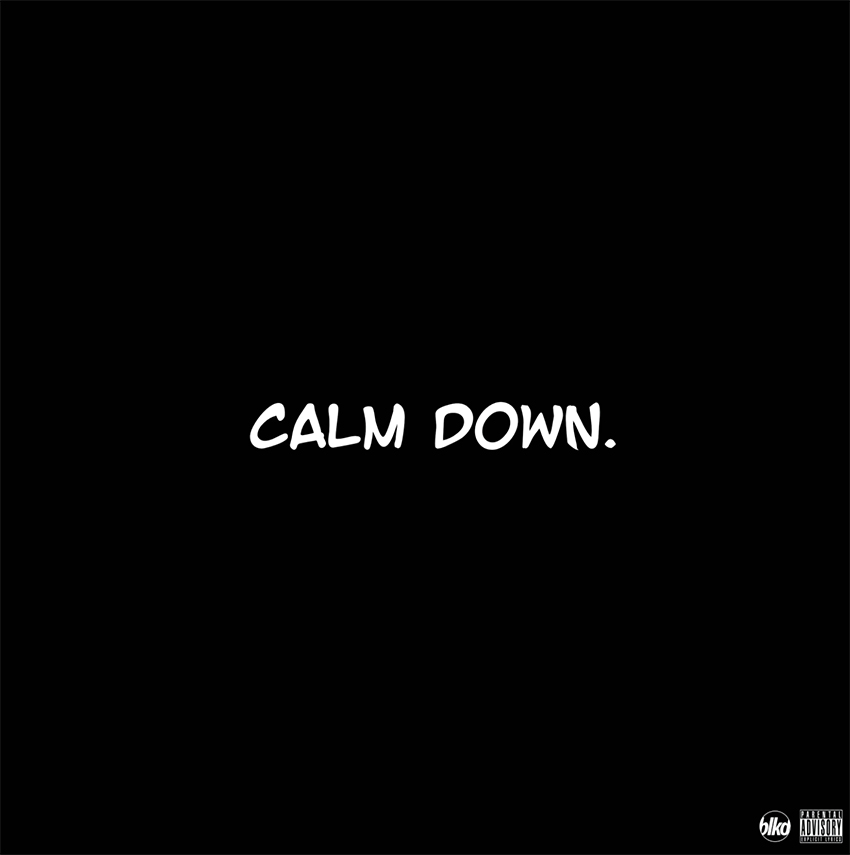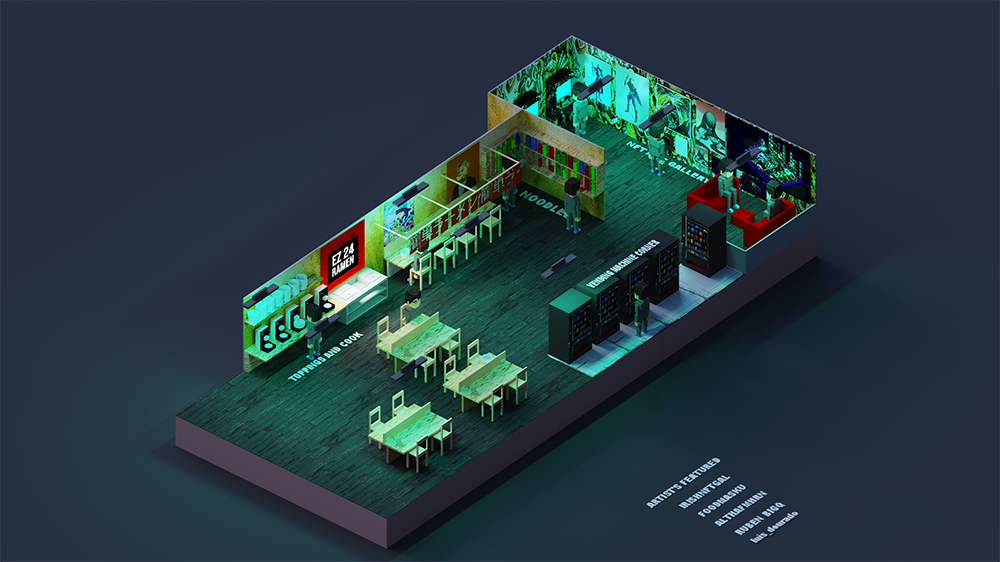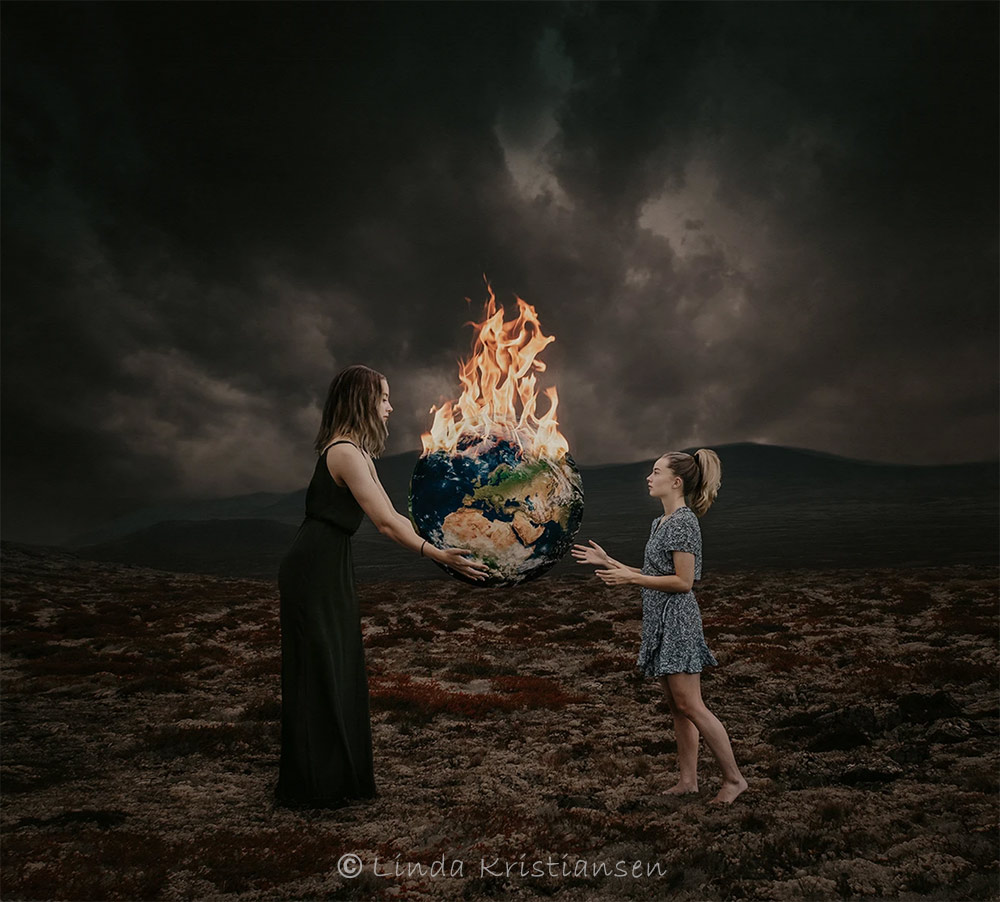Art & Music NFT

Written for iADX365.com – Home of International Artist Day
CLICK HERE to read this article ONLINE
Even though 2022 has been massively chaotic and contentious for almost everyone, there have been enough winners in visual art and music to keep serious artists excited about 2023 in both traditional and NFT markets.
Q1 22 started on a BIG BUZZ with NFT, but within five months it did a HARD-RIGHT and left inexperienced artists scratching their heads over empty crypto wallets. With blowback from the pandemic, and inflation rising in all markets, NFT sales troughed over the summer. The only thing UP, is the price of food, gas, and ALL consumer goods
PFP NFT began to falter in Q2, and by the third quarter it was perceived by many as a tool mostly for crypto traders. Even though PFP now has less interest as serious art, there are exceptions. The promise is that PFP will eventually play a critical role in the metaverse as a way to generate massive revenue in the future. It’s still very early however, maybe a couple of years before VIRTUAL art galleries and music concerts are common enough to deliver sustainable monetary value for artists. The metaverse is still definitely a fun and experimental space though, where young free thinking artists are pushing creativity to unseen levels.
For artists who have the luxury of time, the NFT metaverse is a heady space. However, if you have to scrape crypto together for rent, it can be an addictive and costly distraction.
Ai Art made a lot of noise in Q3/4, but art created via artificial intelligence is still too confusing from a licensing and marketing perspective to make it a serious contender. It does however have huge potential down the road. Ai doesn’t have cachet as fine art, yet, but it does make a lot of commercial artists nervous that it will make them redundant. The reality, no pun intended, is that the human artistic mind is considerably more emotionally nuanced and sentient than Ai, at least for the near future.
Experienced artists, like David Ariew, are redefining, in paradigm-style, how humans process and experience art at a physiological level. His collabs with artists like Jia Aili and Abel Okugawa are ground-breaking.
NFT is not simple, especially if you expect it to generate revenue. If it were easy, we’d see native CryptoArt and NFT MUSIC stars. So far though, just a lot of promise and artists working hard to make it work. It’s commendable, but most artists don’t understand that Contemporary Art Galleries and the STAR SYSTEM aren’t going anywhere. Like them or hate them, the reality is that these very carefully designed systems work, just not for everyone. Many of us don’t like how some people conduct themselves in the art and music industries, but the system is based on marketing psychology, and unless artists have a method to quickly re-shape human thought, the transition to utopian Web3 will take considerable time. It’s usually not a good idea to quit your job until you have another, but if you’re a rebel, have at’r.

I also love the contribution @BlackDave makes to the ART/MUSIC/NFT scene. He goes deep and shares insight most musicians never even consider.
His perspective of Music NFT Scarcity is profound, and his ART, backs it up – CALM DOWN
DFreshmaker is also an interesting MUSIC NFT promoter working the metaverse from all sides–always discovering a new talent or working a lit metaverse project. Check DF out here with JackFrost-aLIEN DJ
In Q4, it turns out that many experienced artists align with the overall ideology of Web3, but they dis-like it’s Co-Op CXL Culture and would rather maintain individuality within larger communities. As a result, NFT Web3 PURISTS are gravitating to silos with like-minded collectors. Other artists will take a softer and wider approach, and amalgamate traditional art with NFT, or vice versa and use one to propel the other–it’s already happening.
Indra is an incredibly innovative developer, artist, entrepreneur and co-founder of EZ 24 RAMEN – the coolest Real World NFT project on the block.

There were big expectations in Q2 for Music and 1:1 Visual Art collaborations, but inflation and a SloMo on-again off-again on-again recession bottomed everything out.
The resulting bear market crushed crypto momentum.

On the REALLY GREAT NEWS side;
Galleries and live music and theater are back.
Contemporary ART Galleries have historically struggled for years, and like everyone else they are still under intense pressure. Thankfully though, when lockdown ended there was an initial rush, with traditional artists selling in galleries to meet pent up demand. It lasted a few months, and is levelling out in Q4.
LIVE MUSIC performances are also back in almost full form. Unfortunately, elevated ticket prices are hurting smaller venues that don’t have the same latitude as the arena and stadium circuit. A small mistake for a small venue can be catastrophic. It’s a struggle, but at least bands and actors are back on stage.
Overall, taking inflation into account and relatively speaking, traditional art galleries and music in Q4 are successfully leveraging NFT as value-added … the appetizer or desert as opposed to being the MAIN COURSE.
Contemporary art galleries are beginning to seriously explore NFT and CryptoArt. And although digital art is still foreign for many traditional art galleries, the interest is viable and the adoption rate is creeping up. Traditional art galleries are looking at ways to leverage digital and NFT to boost the visibility of real-world physical art, and it’s working–I know of an abstract artist who drove their canvas prices up from about $500 to $3,000 in less than a year. NFT is a great way, even for part time artists, to increase their credibility and visibility, but only as long as you know how to promote your careers. Artists can either do it themselves, or hire a promoter–the smart ones, often partner.
I’ve argued here for over a year that I really, really dislike the term NFT–Non-Fungible Token. For mainstream, it’s too geek, and doesn’t represent at all the soul of an artist. Others are finally starting to agree, and the shift is moving back to CryptoArt–we’ll see.

My business partner, Romantic Realism painter Chris MacClure, and local BC artist David Patterson recently had shows at GS & Company Gallery to introduce new work.
Economic chaos has been a serious challenge for most artists. Many part-time artists have already bowed out of the art game entirely, and are long gone from NFT and Twitter.
TUMBLR and Reddit are getting a bit of NFT traction, but they’re just another version of TW, IG, or FB. Artists still invest way too much time building a presence on third-party platforms that make the rich richer instead of building out and promoting their own websites and blogs. Serious pro artists have great websites, and use social media only as a way to drive collector traffic to their projects–rarely as the main feed. Pro artists know the importance of high visibility for art collectors.
If you force an art collector to hunt to find your work, they look elsewhere–it’s common sense in a saturated market. No one has time to search today, especially with so many great artists in the field, so make yourself and your art easy to find. It won’t be cool in 2023 to make collectors jump through hoops. Galleries still provide considerable value in this regard. Mainstream Art News Media can also be incredibly helpful.
One of my favorite artists today is NFTipi
NFTipi has introduced me to a new perspective in fine art
Smart artists work hard at leveraging their time so that everything they do delivers some sort of reward. Social media is NOT the panacea most artists think, and many waste huge amounts of time and receive nothing in return.
One time-waster for artists are LONG THREADS on Twitter. Threads take a lot of work to build. They are also hard to comprehend, absorb, and find. Even if you have a large following, MOST threads DO NOT CONNECT with enough viewers, or the right viewers to make them cost-effective. Threads usually end up repeating BASIC information for beginners in an ECHO-CHAMBER of other inexperienced artists that is largely devoid of art collectors. It’s rare to read anything of real depth in a thread. It’s better to place your article on a blog where art collectors, and writers and critics can find it easily–or at the very least, LINK a long thread to the full article on your website. Twitter Spaces are also often disappointing and mostly echo-chambers of hustlers spouting uninformed info as if they were experts. ARTISTS BEWARE!
Although Twitter is not the most effective way to connect with art collectors, it’s still the best place to follow and interact with news media art reporters.
Unfortunately, some of the most manipulative NFT conARTISTS from 2021 are still in the space and hoodwinking another cycle of gullible cohorts. We share specific information like this through our consulting programs for artists and musicians.
Much of the anonymity we saw in Q1 is disappearing. The only people hiding behind masks, are those with something to hide. Most serious artists use real names.
There are still reasons to be anon, for example, some artists have full time day jobs, and they don’t want employers to know they’re moonlighting, especially when their artwork might not align with their employer’s perspective or corporate culture. Also, just like in the real world, some of these anons are fake artists or collectors ripping off real artists and art collectors.
Many serious artists are finally pushing back and calling out provocateurs who maliciously SHIT-POST and harm our art industry. Shit posting used to be cute, but now it’s seen as manipulative, and a way to build a following that conARTISTS use as liquidity for the inevitable PUMP & DUMP. Everyone now at least knows the signs. There is an entire section in our consulting programs addressing these issues.
Art is evolving in a 360 sphere of TOTAL IMMERSION. You soon won’t be able to tell if it’s art … or if it’s you. The next evolution of music video will be short, mind-bending emotional art vignettes psychologically designed to rewire your brain.
The BIG NEWS in Q4 is that CROSS-PLATFORM COLLABORATION between different art mediums is making immersion possible. Visual Artists, Poets, and Musicians for example are discovering each other, and developing new ways to partner. This type of collaboration rarely happened in the past because it cuts art galleries and record labels out of the equation. Some artists try to do everything on their own, which quite often slows growth for an artist in an industry that thrives off of BIG BURSTS to get MOMENTUM ROLLING!
MOMENTUM … is IMPOSSIBLE to build on your own.
Smart Contracts and SPLITS between artists makes partnering possible.
One of the most interesting Fine Art artists in the Traditional and NFT space is Linda Kristiansen. Her style is to assemble several photographic elements and sometimes combine them with digital painting techniques.

COLLABS with CANNABIS are also sprouting creative wings ala Red Bull style.
The correlation between cannabis and creativity is not often discussed, but it’s time to recognize that WEED is an unequivocal MUSE for ART. Musicians have wrapped themselves in cannabis culture for decades–in some genres it’s a universal expectation.
ART, MUSIC & CANNABIS represent the trifecta of art collaboration. The trinity delivers credibility for everyone, and even more importantly, it increases visibility exponentially. Although Amsterdam is the long-reigning Canna Capital of the World, United States and Europe are on the cusp of regulating legal weed.
Canada, the new world leader where cannabis has been federally legal for four years, has producers scrambling to create mindshare in all these new and promising countries.
Large Canadian cannabis producers have been establishing an international footprint for years–Canopy Growth is the most recent. Craft Cannabis, after realizing they will soon run out of road in Canada, is also now exploring global markets. Similar to an entertainer or a band in The Great White North, if you don’t expand beyond your borders, you end up competing in a tiny market with a monstrous landscape. One American state alone or European country can equal all of Canada–it’s not lost on successful Canadian actors and musicians, but it still escapes most cannabis producers.
Cannabis advertisement spots are evolving to a level of sophistication we’ve never seen, but the historical problem with ads is that they are ADs, and people hate advertisement. Plus, Canna Ads can only be seen in magazines or communities that already follow and partake in the weed experience. Ads cannot reach out to a NEW market and prospect if they only preach to the choir. A new market is mandatory for a company to grow.
Cannabis ART however, fills that gap admirably and turns old school Ads into welcomed and enjoyable storytelling.
When I was a kid, I wanted to be a Rock Star in Canada! When I turned thirteen, and after my first high school gig, I realized I had to first make it south of the border in the US in order to sell enough records to survive. It’s still the way for most Canadian enterprise. The Canadian market is simply too small to sustain progressive cannabis companies. If you don’t believe this to be true, just look at what happened to independent fishers and small seafood processors in Canada–on all coasts. They are almost ALL GONE!
NFT is at the centre of COLLABORATION, and is morphing into an ART DATING SERVICE that brings different groups and perspectives together. Yes, there is also a PURIST NFT ELEMENT, where everything in this realm is Web3 idealistic and rages against corporations, but it’s still a very small slice of the pie. NFT today reminds me a lot of the BEATNICK JAZZ, or very early PUNK eras where not everyone understands the music, but those who do, operate on a highly advanced level. I wish it were more like the PEACE PROTEST era of the 70’s, but GenXYZ and Millennials don’t have the same passion to die for the cause. Their philosophy is more inclusive than it is defiant, and maybe it’s the right way forward. The challenge, is that this modern model, is slow, and when you lag, it makes it easier for large corps and governments to pick you off.
As originators of the ART, MUSIC & CANNABIS NFT movement, iADX365 is especially sensitive to governments that purposefully undermine small players to appease BIG corps. The government has managed various farming resources for several decades in slightly different forms. Consequently, it’s either malfeasance, or corruption for the Canadian government to not know that the unfair and insanely excessive Cannabis Excise Tax would bankrupt small craft cannabis. I’ve seen this formula used in other resources to cull the herd and shift power to monopolies.
Governments are often dumb, but not stupid.
It’s illegal for governments in the free world to covertly partner with large corporations, but it’s such a common occurrence in other resource sectors like fisheries and farming, that backroom deals are now normalized and go largely unreported. It’s why SOFT LOBBYING is important for small art and cannabis companies too. When you take on the government at a level that bites deep, the stakes change for news publishers. If journalists really want to help, they need to focus on the disease of corruption, not lament the symptom, but it takes real money and is a huge legal risk. Publishers are also rarely unwilling to bite the hand that feeds them in an AD-centric model. An excise tax is second cousin to a levy. The government has decades of experience forcing companies to pay for monitoring themselves, so don’t be surprised if the name of the tax changes, but the results stay the same, or get worse.
Come 2023, we’ll need to change things up in a major way if visual artists, musicians, and cannabis developers want to thrive.